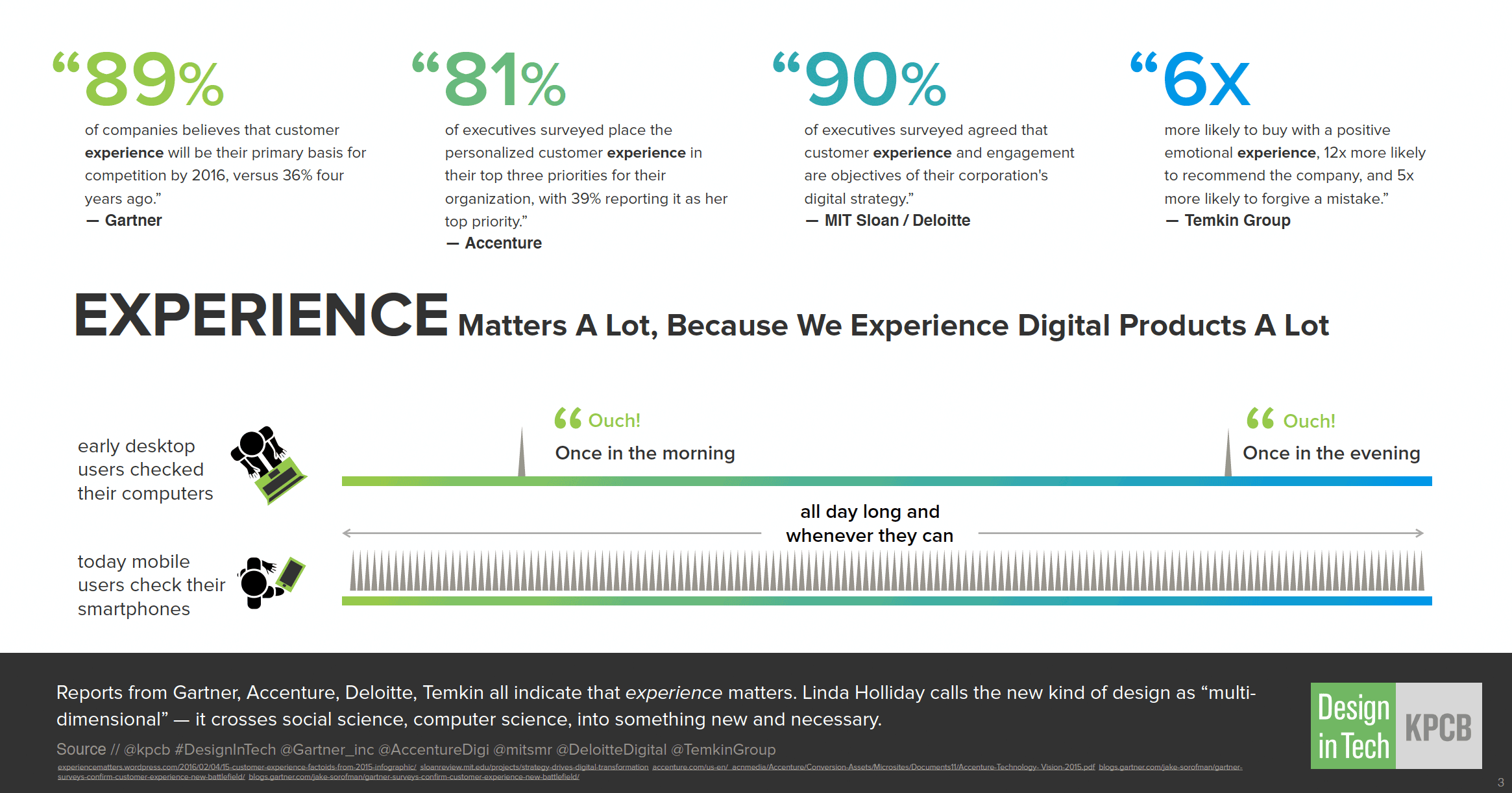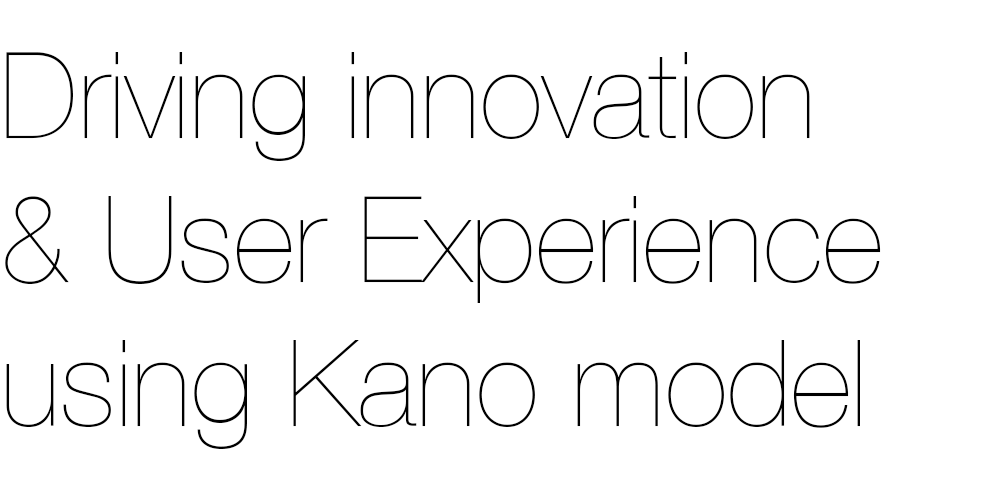UX is money
User Experience (UX) is money – it’s as simple as that. Be in it, or you will lose out – one way or another.
In the current ‘Age of the Customer‘, UX can have an impact on virtually every part of your business – and if you don’t adapt, you risk getting left behind – and perhaps worse – not even satisfying your customers.
UX, done correctly, should impact all of the following money-related aspects of your business:
- Customer Experience (CX) (of your company, and it’s services/products)
- Customer satisfaction
- Business strategy
- Brand loyalty
- Identifying innovation and new business opportunities
- Product and service differentiation
- Product and service design
- Product development (as UX helps you identify the best options to be developed for your budget)
- User interfaces – UX improves usability, usefulness and visual design, which in turns increases user satisfaction and loyalty.


